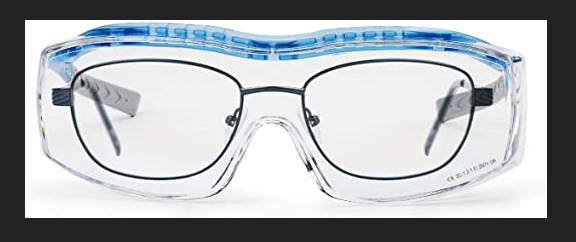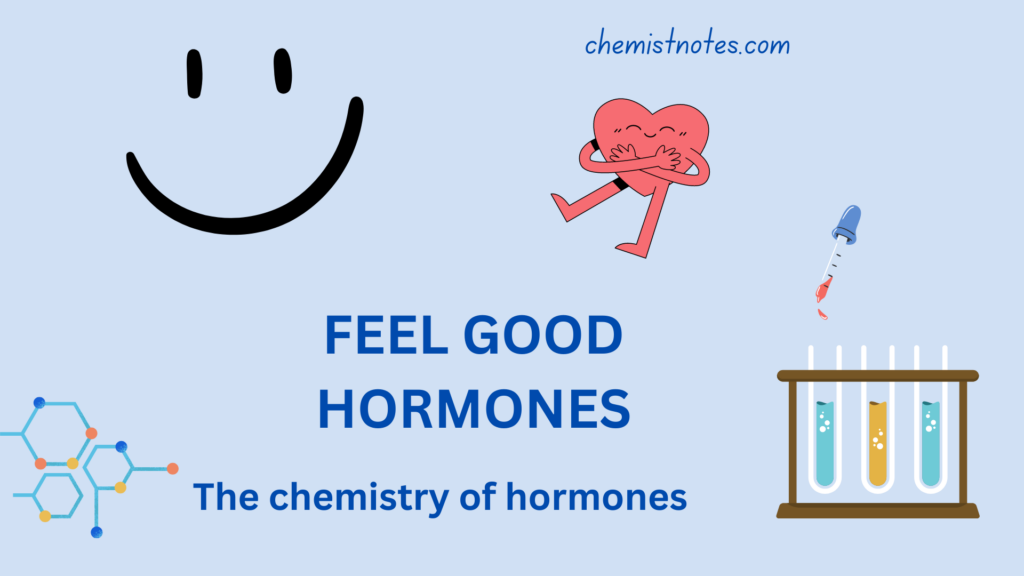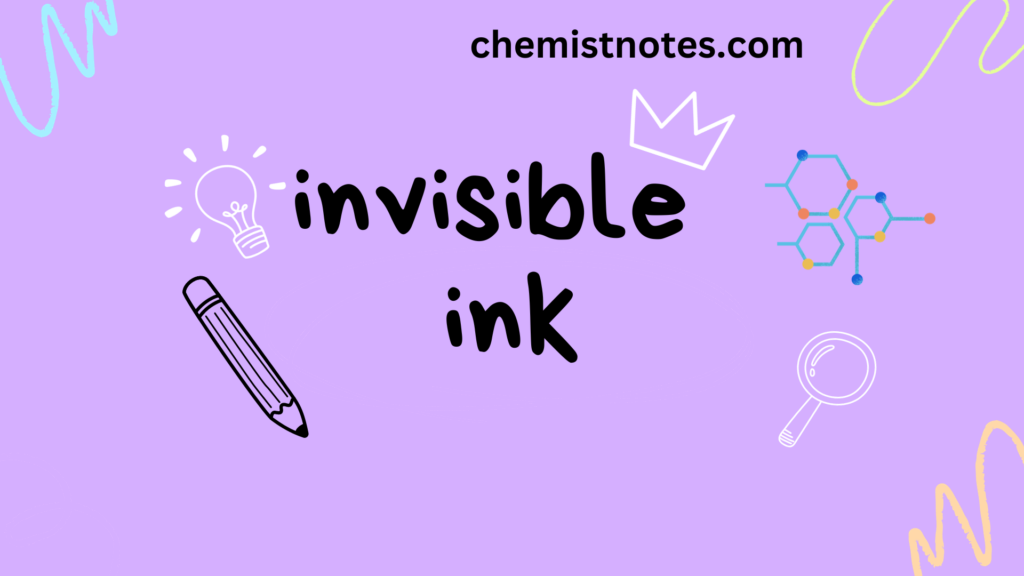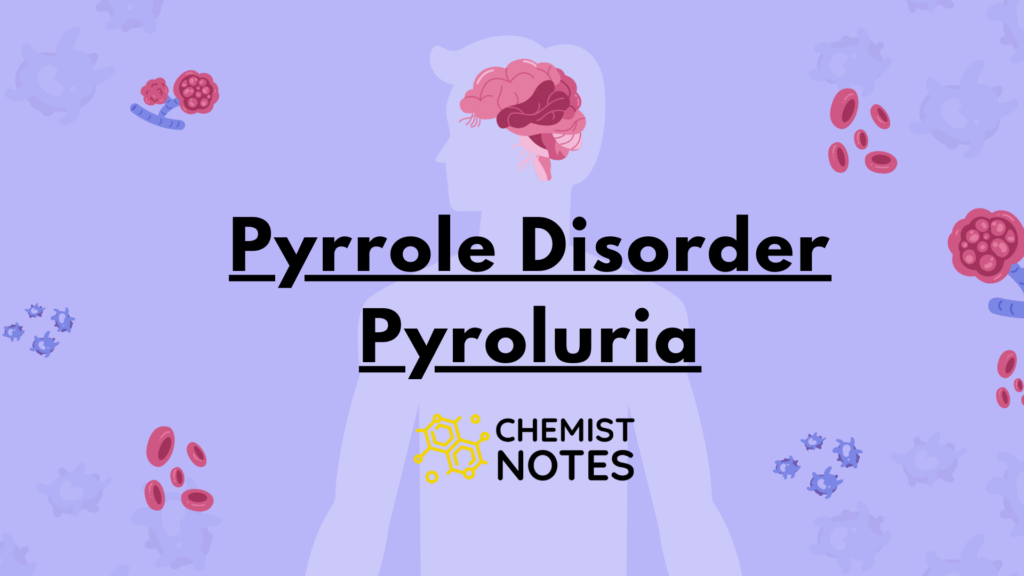Table of Contents
TogglePreventive measures for chemical accidents and types of chemical hazards must be known to all the chemical laboratory workers, students and researchers. Thus this blog is oriented to explain such hazards and safety protocols. Read carefully, and comment on missing safety protocols.
Chemistry undergraduate, graduate students, chemists, laboratory workers, researchers all works in the laboratories. Working in a chemistry laboratory is quite a dangerous as well as a challenging task because workers have to deal with various kinds of chemicals having different properties. Not all but almost all chemicals in the laboratory has an adverse effect on human health, such chemicals are called hazardous chemicals.
Hazardous chemicals have different properties some are toxic and some are corrosive. So, how can we define hazardous chemicals? It’s simple. Any chemical substance which has one or more than one of the following properties is called a hazardous chemical.
- easily oxidisable in air
- acute toxic
- corrosive
- explosive
- flammable
Do you expect some examples of such chemicals? Alright, let’s classify the hazardous chemicals on the basis of their nature with some examples.
Types of chemical hazards in the workplace
1. Explosive chemicals
Explosive chemicals explode at high pressure or high temperature or with contact with certain chemicals. Examples of explosive chemicals are Trinitrotoulene, XRD, diazomethane, perchlorate, etc.
2. Flammable chemicals
Flammable chemicals are capable of being ignited and burning quickly. Examples of flammable chemicals are ethers, benzene, etc.
3. Toxic chemicals
Toxic chemicals are those which cause harmful effects on living beings’ health. Examples of toxic chemicals are Phosphine gas, Chorine gas, Hydrogen sulfide, methyl cyanide, etc.
4. Corrosive chemicals
Corrosive chemicals are those which degrade certain materials like any objects, human tissue, metals, etc. Mostly acid and bases are corrosive in nature. Examples of corrosive chemicals are H2SO4, HNO3, NaOH, etc.
5. Oxidizing chemicals
Oxidizing chemicals are capable of oxidizing other substances. Examples of such chemicals are H2O2, HNO3, etc.
Have you ever heard about chemicals causing cancers? If yes, then you are correct. Some chemicals are capable of causing cancers in the human body, such chemicals are called carcinogens. Benzene, aromatic amine, and polycyclic aromatic hydrocarbons also known as PAH are capable of causing cancer.
After knowing the properties of hazardous chemicals, let’s talk about the importance of laboratory and chemical safety. Why safety education is important?
- Actually, safety education prevents us from injury and harm in the lab. It gives idea about the nature of chemicals and possible accidents.
- Therefore, the main of safety education is to minimize, manage and control the hazards.
- Moreover, it teaches us how to use such hazardous chemicals safely.
How can we learn safety education about chemical accidents? It’s a common question to all new junior chemistry students as their courses don’t include this safety education of chemical hazards in the curriculum. So, let’s talk about the ways of learning such education.
We, all of us can simply learn from our past experiences. For example, one of my friends added water to concentrated acids to make dilute acid solution, instead of adding acid drop wisely to water. Therefore, the beaker started heating and finally got broken with large sounds. By doing such mistakes, we can learn lots of education about safety. But if we learn safety by making mistakes intentionally, we may not survive to do next mistake. It sounds ridiculous but that’s the truth. Another way of learning can be done from instructors and many books available out there about the safety protocols against the chemicals. You can follow these books to learn as well.
Before talking about the preventive measures, let’s explain some possible causes of injuries in the lab.
- Some of students violates safety practices by taking unnessary risks in the lab.
- Some workers dont wear protective equipments like splash goggles, hood, face shield and gloves while dealing with toxic chemicals
- Some may eat, drink or smoke inside the lab
- Some silly students plays with hazardous materials.
Now, let’s talk about preventive measures of chemical accidents in the lab. There are lots of ways to minimize the risk or basic safety rules of handling laboratory chemicals and the Top 10 preventive measures are listed below:
Preventive measures for chemical accidents
Some safety protocols in science laboratory are given below, read carefully and follow them while you are in laboratory.
1. Follow instruction
All the workers, students, chemists should follow the instructions of instructors as well the safety protocols of the lab. A simple mistake can lead to disaster, so be careful.
2. Use eye protective goggles
The eye protective goggles prevent your eye from contact with toxic chemical vapors and most of the time from the spills of the chemicals during boiling or heating the mixture. Therefore, eye-protective goggles are important while working in the lab.
3. Use proper clothing
The chemist must use proper clothing which may protect them from exposure to the chemicals.
4. Avoid eating habits in the lab
We must avoid eating, drinking, or smoking habit in the laboratory. During eating and drinking food and water or other liquid foods, there is a chance of inhalation of chemicals vapors, or solid chemicals in the body. Some flammable chemicals available there may catch fire while smoking, Therefore, avoid such habits.
5. Use of Chemical hood
If you are handling volatile chemicals, flammable liquids, or toxic gases, don’t forget to use the chemical hood.
6. Avoid tasting of laboratory chemicals
Don’t ever try to taste any chemicals in the laboratory. Moreover, don’t smell the odor of chemicals. What if the chemical is toxic, just imagine.
7. Use chemically resistant gloves
It’s better to use chemically resistant gloves. Don’t ever try to touch chemicals with your naked hand.
8. Avoid working alone
Although following all the above safety protocols, sometimes sudden accidents like fire, gas cylinder explosion may take place. Therefore, it’s better to work with other people rather than alone.
9. Proper disposal of waste material
After using various chemicals, the waste materials like papers, glasses, and waste chemicals or side products of a reaction must be disposed of safely. Otherwise, the chemical may degrade to active components which reacts violently with other material causing accidents.
10. Label all chemicals containing vessels
All the chemicals available in the lab must be labeled so that these can be stored separately on the basis of their nature. For example, if we have an ether bottle, just label it and keep it separately, away from a fire source or gas source since it is flammable in nature.



Follow these safety rules and work smoothly without any accidents in the laboratory due to chemicals. At last, the major four principles of laboratory and chemical safety can be summarized as:
- Identify the hazardous chemicals
- Determine risk of those hazardous materials
- Minimize, manage and control possible hazards
- Be prepared for laboratory emergencies
Don’t forget “Health is wealth”. Always give priority to your health and then lab work. Thank you.









